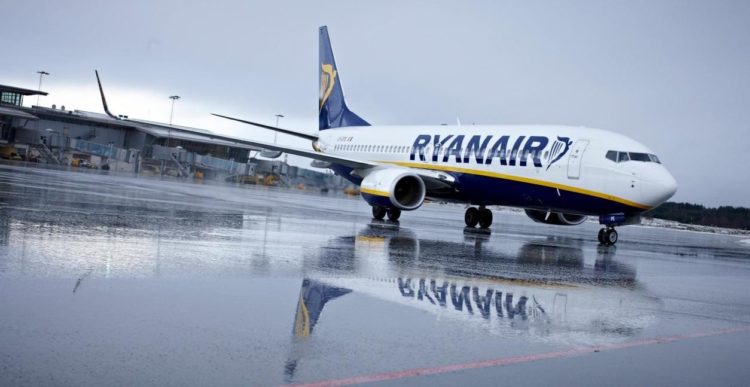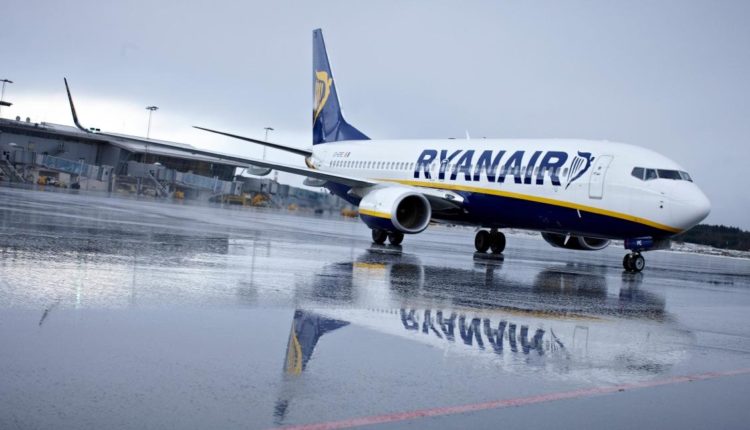Low-cost airline, which operates more than 30 routes out of Liverpool, says it is being hampered by delays to the delivery of the 737 Max airliner and fears over Brexit. Tony McDonough reports

Ryanair has cut passenger growth and full-year profit forecasts amid uncertainty over Brexit and further delays to the delivery of the troubled Boeing 737 Max airliner.
The low-cost carrier, which operates more than 30 routes out of Liverpool John Lennon Airport, says it will likely have to reduce the number of bases it operates from and cuts jobs among cabin crew and pilots.
It was expecting to take delivery of 30 737 Max in early 2020 ahead of its peak summer season but the aircraft remains grounded by Boeing following crashes in Indonesia and Ethiopia which killed 336 people.
Now Ryanair now hopes 20 of the aircraft, which it says will be a “game-changer” in terms of capacity and fuel efficiency, to be delivered in March or April 2020 but chief executive Michael O’Leary admitted there could be none delivered.
READ MORE: Two new European routes take off from Liverpool Airport
It means the airline has more than halved its passenger growth forecasts for next year to 3% from 7%, carrying 157m passengers instead of the planned 162m. Mr O’Leary added: “We may have to cut that again but, frankly, there is no point in keeping on changing the number until we get more certainty.”
Ryanair reported a flat profit of €1.15bn for the half year to September 30 from revenues of €5.39bn. Traffic was up 11% to 86m passengers. Revenue-per passenger was up 1% and a 16% rise in ancillary sales made up for a 5% drop in fares. Load factor (percentage of seats filled) was 96% and fuel costs were up 22% to €1.59bn.
In its half-year report Ryanair said it remained “sensitive to any market uncertainty such as a no-deal Brexit” and consequently cut full year profit guidance to €800m to €900m, down from its previous range of €750m to €950m.
“Our outlook for the remainder of the year remains cautious. We try to avoid the unreliable optimism of some competitors,” the company said.

